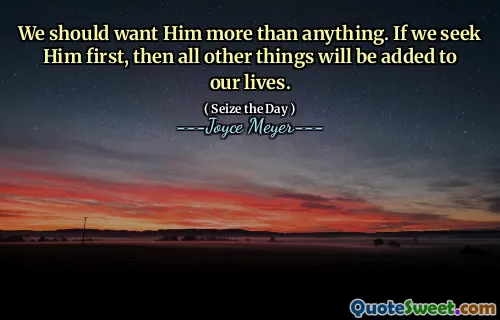Everyone was like the faces on a playing card, upside down either way.
In Saul Bellow's "Seize the Day," the narrative explores themes of identity and the complexity of human interactions. The comparison of people to the faces on playing cards underscores a sense of disorientation and the interchangeable nature of identities. It suggests that, like cards flipped upside down, individuals can be viewed from different perspectives, revealing the ambiguity and fluidity of their true selves. This imagery highlights the protagonist's feelings of uncertainty and alienation in a world where personal connections can feel superficial. The metaphor captures the essence of how appearances can deceive and emphasizes the importance of understanding deeper truths about ourselves and others within the chaos of life.
In Saul Bellow's "Seize the Day," the narrative explores themes of identity and the complexity of human interactions. The comparison of people to the faces on playing cards underscores a sense of disorientation and the interchangeable nature of identities. It suggests that, like cards flipped upside down, individuals can be viewed from different perspectives, revealing the ambiguity and fluidity of their true selves.
This imagery highlights the protagonist's feelings of uncertainty and alienation in a world where personal connections can feel superficial. The metaphor captures the essence of how appearances can deceive and emphasizes the importance of understanding deeper truths about ourselves and others within the chaos of life.






